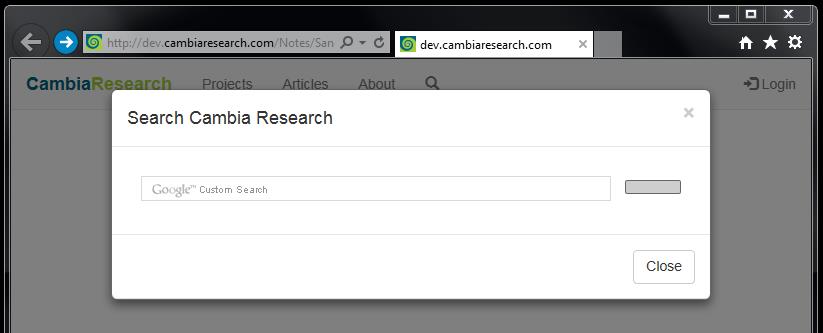
allowMaximize A Boolean value that specifies whether the dialog can be maximized. If autosize is false, the dialog height is set to 576 pixels. If height is not specified, the height of the dialog is autosized by default. height An integer value that specifies the height of the dialog. If autosize is false, the width of the dialog is set to 768 pixels.

If width is not specified, the width of the dialog is autosized by default. width An integer value that specifies the width of the dialog. y An integer value that specifies the y-offset of the dialog. This value works like the CSS left value. x An integer value that specifies the x-offset of the dialog. If both html and url are specified, url takes precedence. html A string that contains the HTML of the page that appears in the dialog. If both url and html are specified, url takes precedence. url A string that contains the URL of the page that appears in the dialog. showModalDialog()’s options: “options” object’s properties Description title A string that contains the title of the dialog. You’ll need to add them as additional properties for the “options” object – let’s see how that works! Documentation of. Only the “ url” or “ html” property is required, everything else is optional.īelow, I’ve gathered the different configuration values you can pass on to the function. ShowPopupDialog() (it’s interesting that Microsoft decided to deviate from camelCase there!), you can replace the “ url” property (basically just the URL as a string) in the method call with an object containing any of the following properties. You can actually tweak how the pop-up works in quite a few different ways.

Next, let’s take a look into how to do that… How to customize the pop-up in SharePoint? To achieve this, you’ll have to change the method call you’re using, though! One thing to note, however, is that you customize the size of the pop-up to offer more space for the contents. The example is from a development environment, with responsive layout – so the pop-up contents actually scale fairly well! What’s cool about this, is that you can show pretty much any page (that allows it) in this pop-up! For an example, see below. Like it says, it quite simply just opens a pop-up dialog, showing the page that it finds from the URL. On all Classic SharePoint pages, you can call this function: SP.UI.ModalDialog.ShowPopupDialog().

Yes – SharePoint contains all the functionality out-of-the-box, and you almost don’t have to do anything yourself! Let’s see how this works.


 0 kommentar(er)
0 kommentar(er)
